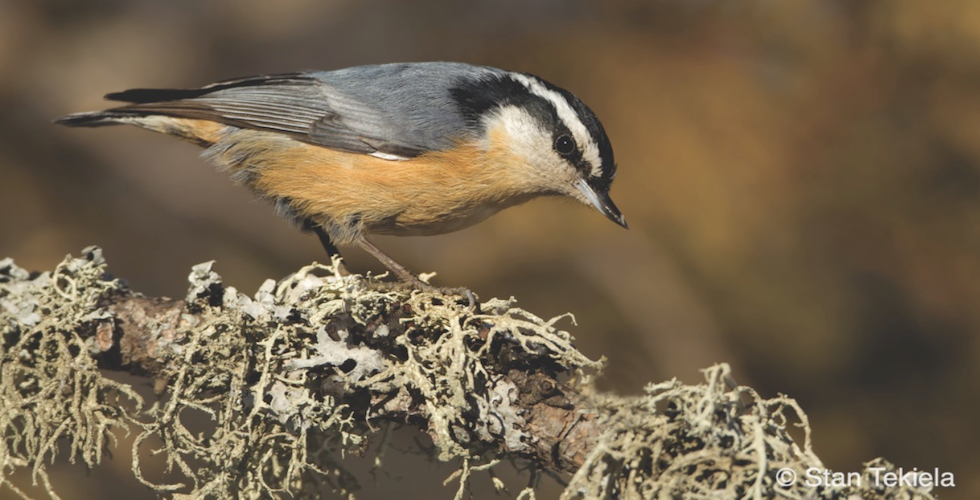
Discover Birds of Ohio with Stan Tekiela’s Field Guide
Millions of people have discovered bird-feeding. It’s a simple and enjoyable way to bring the beauty of birds closer to your home. Watching birds at your feeder and listening to them often leads to a lifetime pursuit of bird identification. The Birds of Ohio Field Guide is for those who want to identify the common birds of Ohio.
We at Adventure Publications hope all our readers and their loved ones, remain healthy and safe. Without intending to trivialize the current crisis, we will continue to post positive stories in hopes of bringing some joy into your home as a welcome distraction during these trying times.
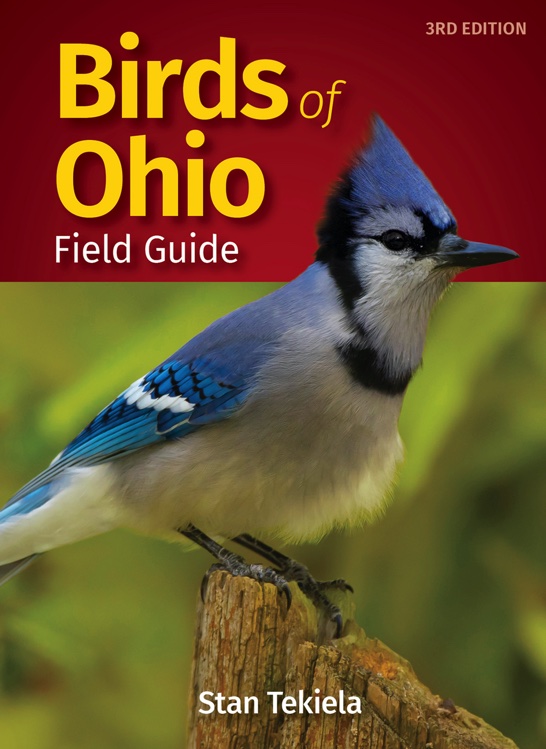
This new edition of Birds of Ohio includes 12 new species, updated photographs and range maps, expanded information, and even more of Stan’s expert insights.
With Ohio’s best-selling bird guide, field identification is simple and informative. There’s no need to look through dozens of photos of birds that don’t live in your area. Birds of Ohio features 124 species of Ohio birds organized by color for ease of use. Let’s have a look at some of them!
Who doesn’t love the American Robin, the familiar gray bird with a dark rust-red breast that can be heard singing all night in spring?
Did you know that the city robins sing louder than country robins in order to hear one another over traffic and noise? The robin isn’t listening for worms when it turns its head to one side, but it is focusing its sight out of one eye to look for movement in the dirt! Territorial, the robin is often seen fighting its own reflection in a window.
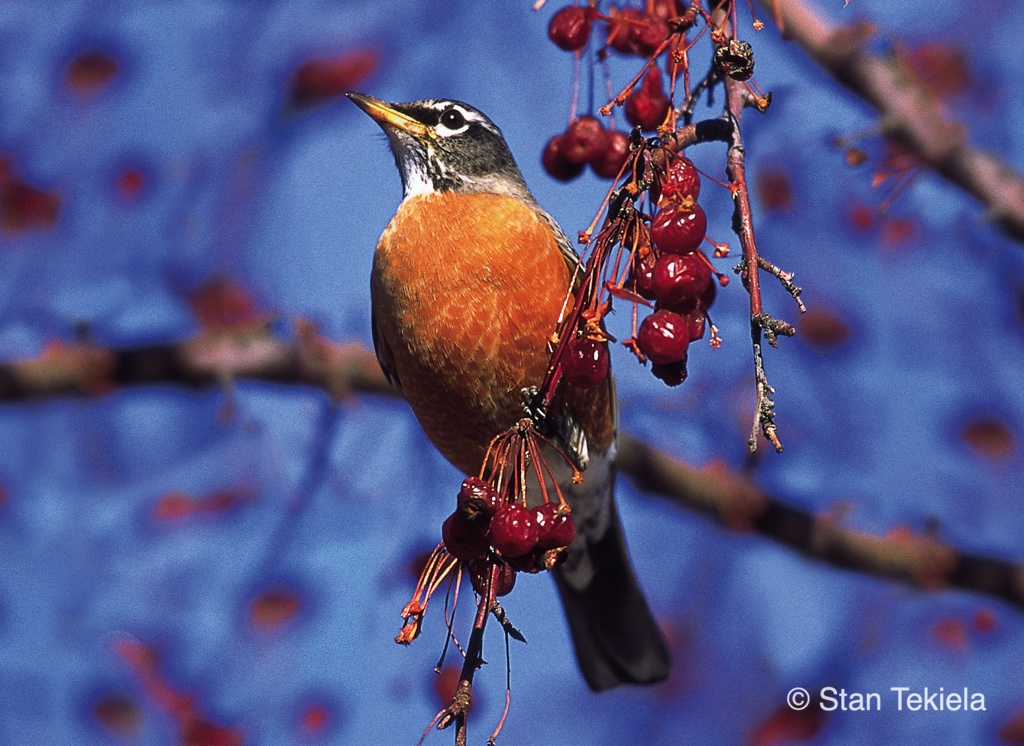
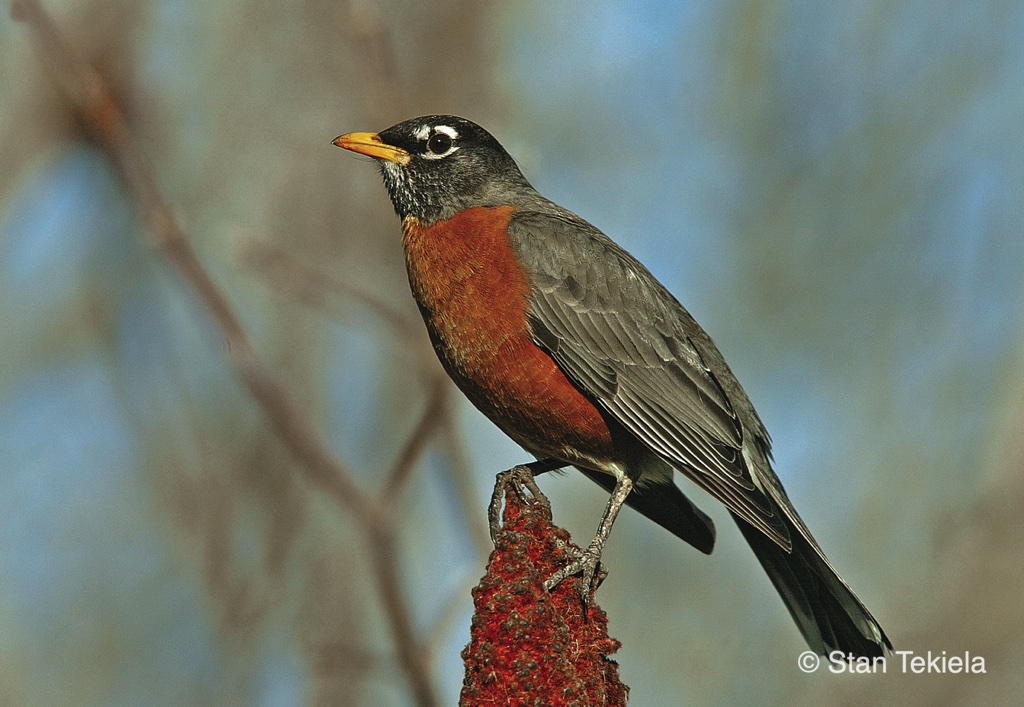
Small with zebra-like striping and a black-and-white striped crown, the Black-and-white Warbler is the only warbler species that moves down tree trunks headfirst. Look for it searching for insect eggs in the bark of large trees. Its song sounds like a slowly turning, squeaky wheel going around and around. Female performs a distraction dance to draw predators away from the nest. The Black-and-white Warbler constructs its nest on the ground, concealing it under dead leaves or at the base of a tree.
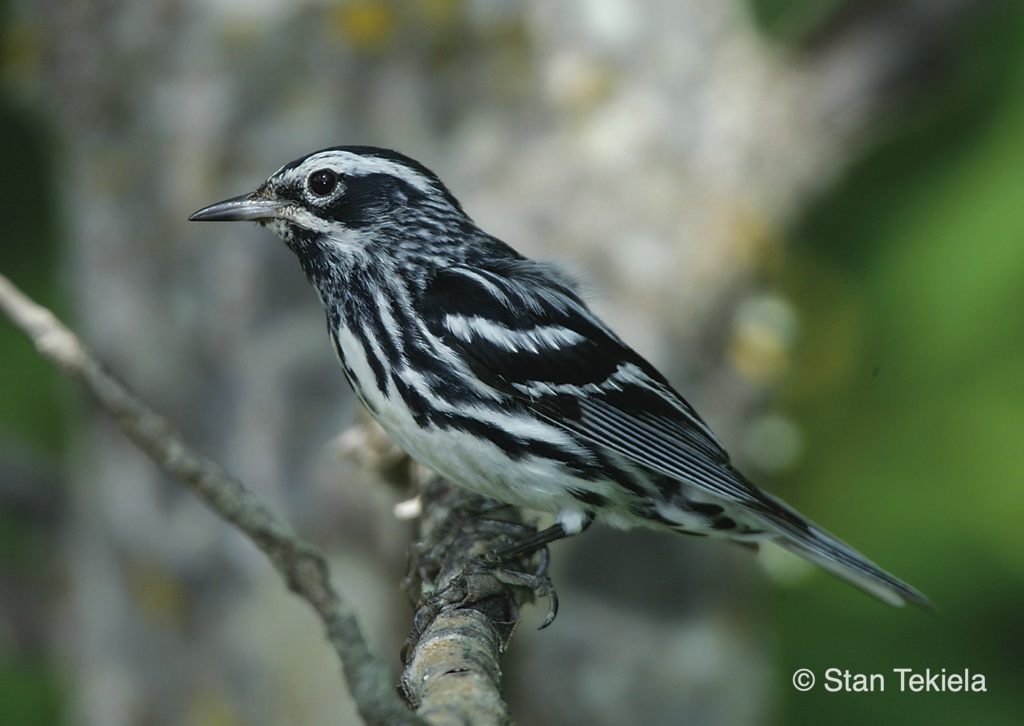
Another bird that climbs down trunks of trees headfirst, searching for insects, is the Nuthatch. Like a chickadee, it grabs a seed from a feeder and flies off to crack it open. It wedges the seed into a crevice and pounds it open with several sharp blows. The name “Nuthatch” comes from the Middle English moniker nuthak, referring to the habit of hacking seeds open. Look for it in mature conifers, where it extracts seeds from pine cones.
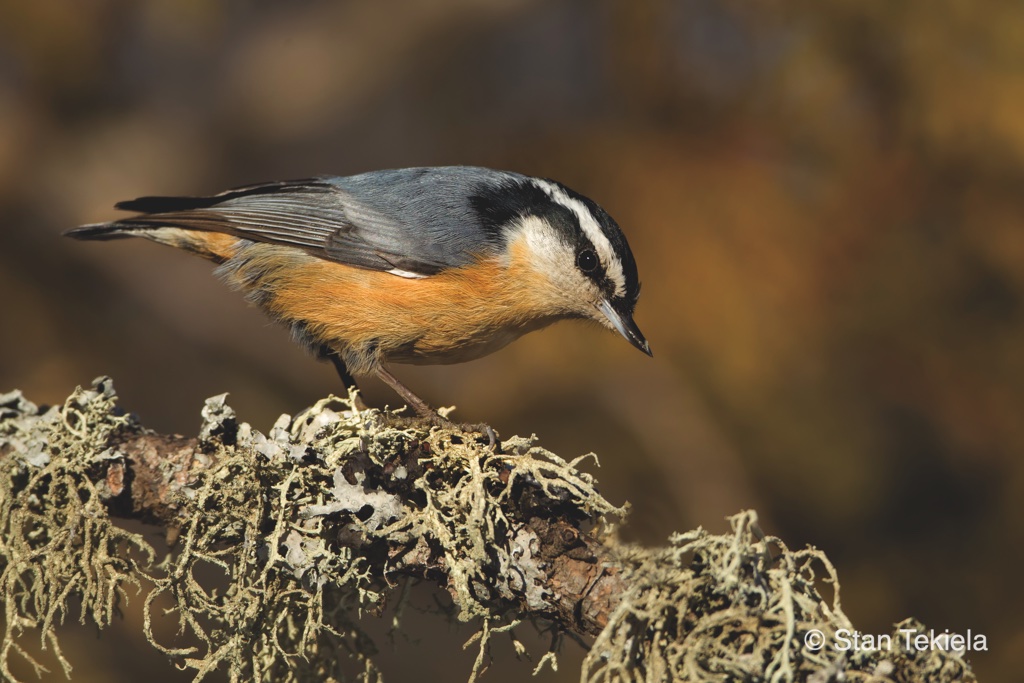
The Great Blue Heron is one of the most common herons in Ohio. Found in open water, from small ponds to large lakes, the heron stalks small fish in shallow water. But the Great Blue Heron also strikes at mice, squirrels, and nearly anything it comes across. Red-winged Blackbirds will attack it to stop it from taking their babies out of the nest. In flight, it holds its neck in an S shape and slightly cups its wings, while the legs trail straight out behind. Great Blue Herons nest in colonies of up to 100 birds. Did you know that the heron will bark like a dog when startled?
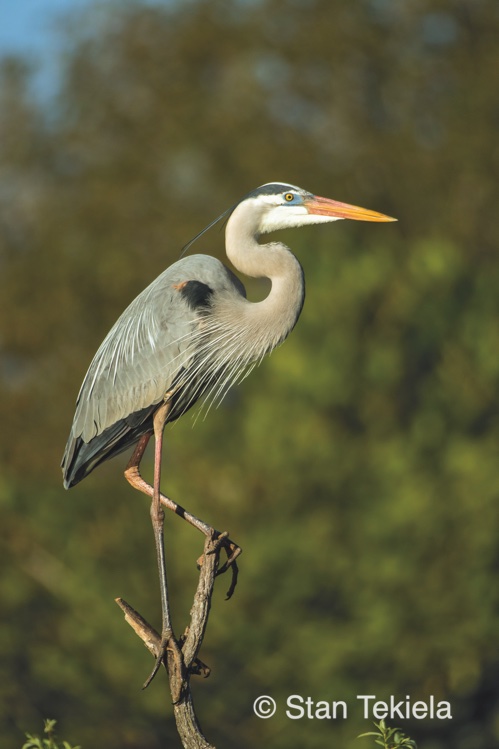
So grab a copy of Birds of Ohio Field Guide for your next birding adventure―to help ensure that you positively identify the birds that you see. It is never too early to start birding, so check out The Kids’ Guide to Birds of Ohio, Stan’s regional birding book for kids.
About the author of Birds of Ohio: Naturalist, wildlife photographer, and writer Stan Tekiela has written more than 175 field guides, nature books, children’s books, wildlife audio CDs, puzzles, and playing cards, presenting many species of birds, mammals, reptiles, amphibians, trees, wildflowers, and cacti in the United States. With a Bachelor of Science degree in Natural History from the University of Minnesota and as an active professional naturalist for more than 25 years, Stan studies and photographs wildlife throughout the United States and Canada. He has received various national and regional awards for his books and photographs.
Also a well-known columnist and radio personality, his syndicated column appears in more than 25 newspapers, and his wildlife programs are broadcast on a number of Midwest radio stations. Stan can be followed on Facebook and Twitter. He can be contacted via www.naturesmart.com.
Stay informed and sign up for our newsletter now!


